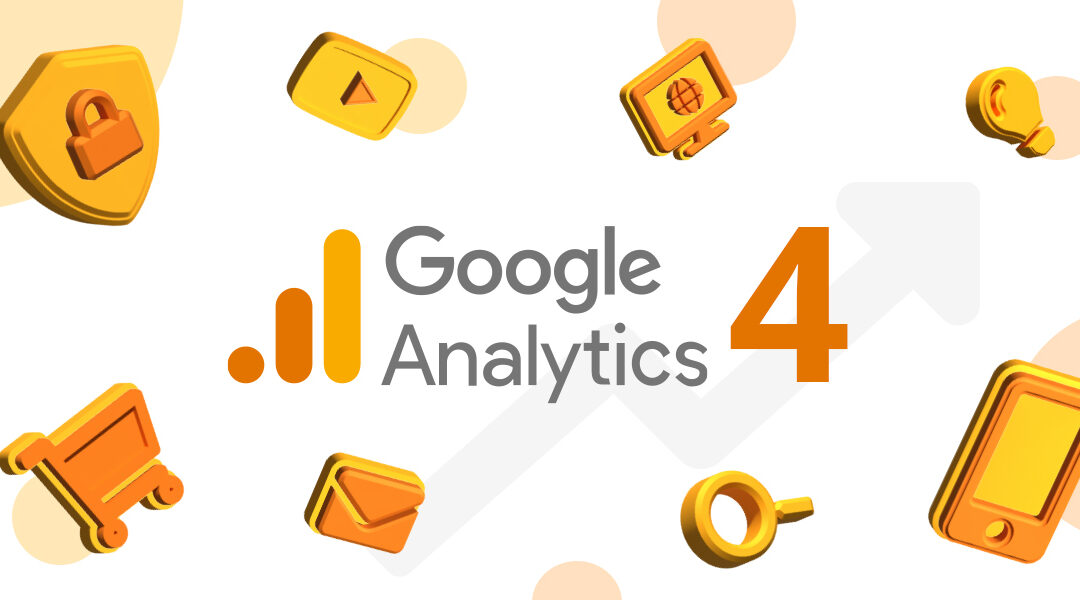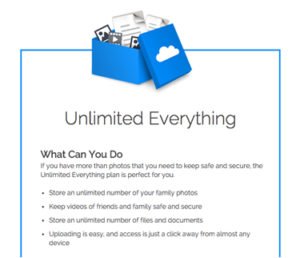
The Rise of Google Analytics 4: A Game-Changer in the Digital World
As we all know, Google has consistently been at the forefront of innovation, shaping the digital world with its robust tools and technologies. One of the keystones of this digital empire is Google Analytics. For years, businesses have relied on the insights provided by Google Analytics to understand their audience, optimize their websites, and craft data-driven strategies.
In October 2020, Google unveiled its latest upgrade to this powerful tool: Google Analytics 4 (GA4). This new version is not just an update; it’s a complete overhaul of the platform, offering far more advanced capabilities than its predecessor, Universal Analytics (UA). But what exactly is GA4, and why is it considered better than Universal Analytics? Let’s dig deeper.
What is Google Analytics 4?
Google Analytics 4 is the latest version of Google’s web analytics service. The fundamental difference between GA4 and UA lies in their data models. While UA operates on a session-based data model, GA4 has shifted towards an event-based model. This crucial difference allows GA4 to provide a more comprehensive and detailed view of user interactions on your website or app.
Why is GA4 Better Than Universal Analytics?
Here are some key reasons why GA4 is seen as an improvement over UA:
- Event Tracking
One of the most significant changes in GA4 is the ability to track events without needing to add custom code or set up Google Tag Manager. You can modify and create events directly within the GA4 interface, making it easier to track specific actions that users take on your site or app.
- Cross-platform Tracking
GA4 provides seamless cross-platform tracking. It was designed with an understanding that people interact with businesses across multiple platforms and devices. GA4 allows you to track a user’s journey across apps and websites, providing a more holistic understanding of user behavior.
- Predictive Analytics
GA4 introduces predictive analytics, offering forecasts about user behavior. For example, it can predict the potential revenue you can earn from a particular group of customers. This feature can help businesses identify target audiences and devise more efficient marketing strategies.
- Enhanced Privacy Controls
In a world increasingly concerned with privacy, GA4 offers more robust data control features. It gives businesses the tools to comply with data regulations like GDPR and CCPA, and allows for data collection even with limitations like blocked cookies or identifiers.
- Improved Reporting
GA4 offers more flexible and intuitive reporting. The new interface includes an “Analysis Hub,” where you can create custom reports and perform deeper analyses. This flexibility allows businesses to gain insights tailored to their specific needs.
In conclusion, GA4 marks a significant leap forward in the world of digital analytics. Its event-based model, cross-platform tracking capabilities, predictive analytics, privacy controls, and improved reporting make it a compelling upgrade from Universal Analytics. As businesses continue to navigate the digital world, tools like GA4 will be indispensable in providing the insights and understanding necessary to succeed.












